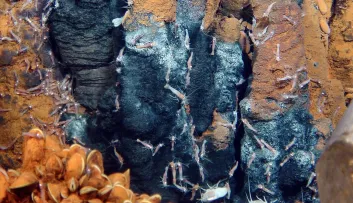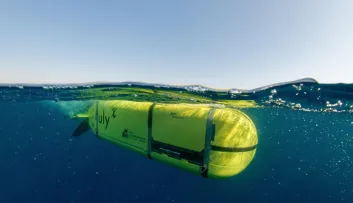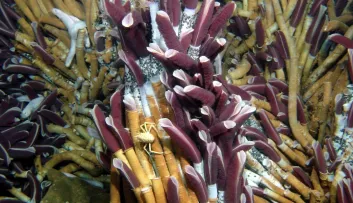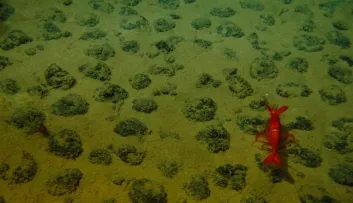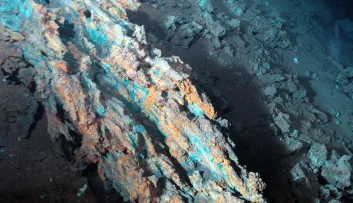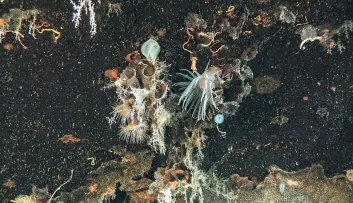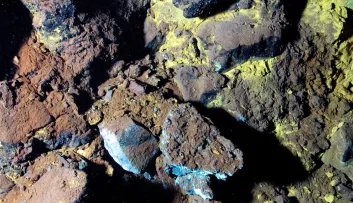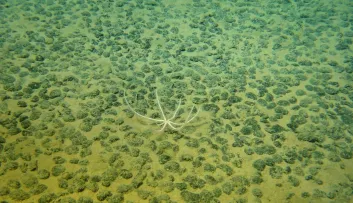Geography of the abyss: what does the deep seabed look like?
Can you imagine that beneath the surface of the ocean, there lies a world of plains, seamounts, trenches and volcanoes?
- 3mn read
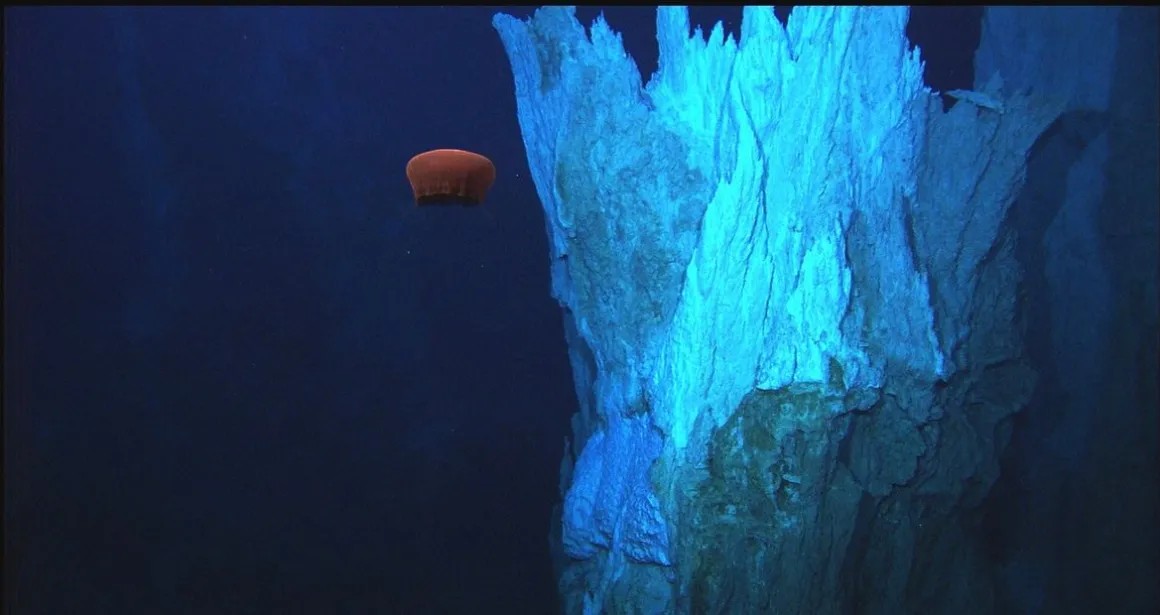
Diving below the surface of the ocean is a journey of discovery into a fascinating world that has yet to reveal all its mysteries. As we go down into the depths of the ocean, we see a variety of landscapes that mirror our terrestrial landscapes.
What are the contours of the deep seabed?
There are submerged mountains, volcanoes, immense plains and deep trenches. The oceanic ridge, the longest mountain chain in the world, rises some 3,000 m above the abyssal plain and is 64,000 km long.
And these dramatic landscapes are the result of plate tectonics, at the junction of which ocean ridges are formed. The movement of tectonic plates is constantly creating new underwater landscapes.
There’s nothing flat under the ocean
The seabed, also known as the ocean floor, is by no means flat. From the continental shelf onwards, there is a steep gradient to depths of around 4,000 metres. This is the continental slope. Then, between 4,000 and 6,000 m below the surface, there are the abyssal plains, vast expanses of mud and silt that make up almost 80% of the deep seabed. It is punctuated by seamounts, also known as guyots, which are often formed by volcanoes and are home to a vast array of biodiversity
The world’s largest mountain ranges
The oceanic ridge is an immense mountain range that runs for around 64,000 kilometres across the entire world ocean (the largest mountain range on land, the Andes, stretches for 8,000 km). At its summit, the oceanic rift is a valley several kilometres wide. In this volcanic zone, magma heats up the seawater, leading to the formation of hot springs known as hydrothermal springs
Vast trenches
The average depth of the ocean is 3,700 m, while the average height of land is 700 m. Furthermore, Everest, the world’s highest peak at 8,849 metres, would fit comfortably into the Mariana Trench, which lies – 11,000 metres below the sea.
The deep-sea landscapes conjure up images of sheer grandeur!
A deeper understanding of the geography of the deep seabed
We know more about the surface of the Moon than we do about mapping the seabed. In fact, only 5% of the seabed has been explored and only a quarter of it has been accurately mapped.
Greater knowledge of the seabed is essential if we are to understand ocean circulation, climate change, underwater geological hazards and tsunami prevention, as well as deep-sea mineral and fishing resources, so that we can sustainably manage these fragile ecosystems.
Photo : NOOA - National Oceanic and Atmospheric Administration
We must join forces to protect the deep seabed!
Nausicaá endorses France’s position against deep-sea mining and will use every means at its disposal to raise awareness and mobilise as many people as possible in support of a moratorium.
